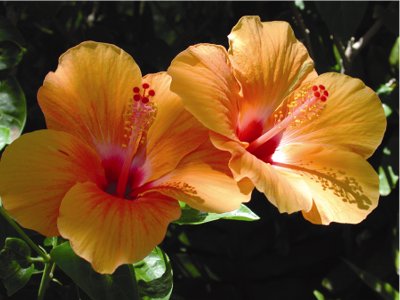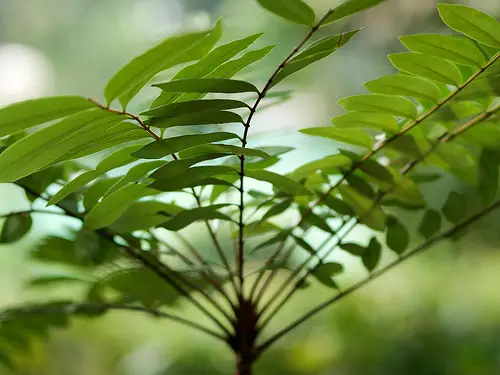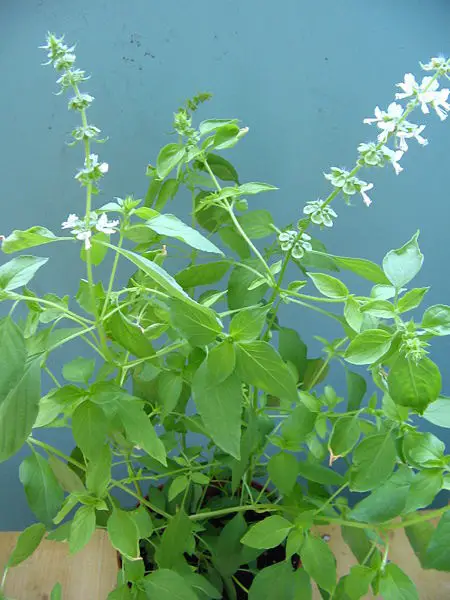Hibiscus
The hibiscus is a flowering plant that is part of the mallow family. There are about 200 – 220 species, which are all native to tropical, sub-tropical, and warm-temperate climates around the world. They are large plants, which are known for its beautiful flowers. These flowers are known around the world as hibiscus or sorrel, but can also be called flor de Jamaica and rosemallow. The Hibiscus syriacus is the national flower of South Korea, and the Hibiscus rosa-sinensis is the national flower of Malaysia.
This genus includes perennial and annual herbaceous plants, woody shrubs, and small trees. Hibiscus leaves are simple and alternate, with a lobed or toothed margin. Its famous flowers are quite large, trumpet-shaped, and have 5 or more petals. The flowers come in many colors, such as white, red, pink, yellow, purple, and orange. In some species such as Hibiscus tiliaceus and Hibiscus mutabilis, flowers change colors with age. The fruit of the hibiscus is a dry capsule with 5 lobes. Each lobe contains seeds, which are released when they split open at maturity.
Many hibiscus species are grown as an ornamental plant for their beautiful flowers, while others are used as shrubs for landscaping. Other species are used to attract bees and butterflies. The hibiscus are used in a variety of ways by humans. Kenaf (Hibiscus cannabinus) is used extensively in making paper.
Hibiscus is used in herbal teas. Roselle (Hibiscus sabdariffa) is used as a vegetable, and is used to make jams and herbal teas, particularly in the Caribbean. Roselle is boiled in an enamel coated stock pot as West Indians believe that metallic pots will actually destroy the vitamins and minerals. This tea is a natural diuretic and contains many good minerals and vitamin C so it is used as a mild medicine.
If you have ever wondered why Tahitian women wear a red hibiscus flower? When a Tahitian woman wears a single flower tucked behind their ear, it is use to indicate that they are available for marriage.
The back of the hibiscus tree contains strong bast fibers. These fibers can be obtained by stripping the bark, and placing it into the sea to let organic material rot away. In Polynesia, these fibers are used for making their famous grass skirts.
Hibiscus, particularly Hibiscus rosa-sinensis, is used in both Traditional Chinese Medicine and Ayurveda. The roots of the red and white hibiscus are used to cure coughs. Its flowers are boiled in oil to create a medicated hair oil which is used to prevent hair loss and prevent graying. Its leaves and flowers can also be ground into a fine paste. Water is then added, and this lathery paste can be used as a 2 in 1 shampoo and conditioner.
Those who are a bit wary of alternative medicine may be interested to know that the USDA studied the effects of the hibiscus in 2008. This study showed that drinking hibiscus tea actually does lower blood pressure in pre-hypertensive and mildly hypertensive adults. 3 cups of hibiscus tea resulted in an average drop of 7.2 points in their systolic blood pressure compared to a small 1.3 drop by those who drank the placebo. Those who had a high blood pressure of over 129 had a greater response, with their systolic blood pressure decreasing by an average of 13.2 points. As a result, the scientific data shows that incorporating hibiscus tea into ones diet can assist in controlling blood pressure.




